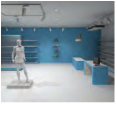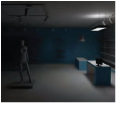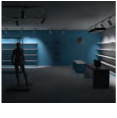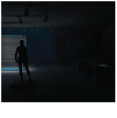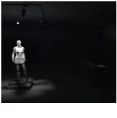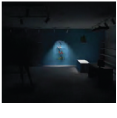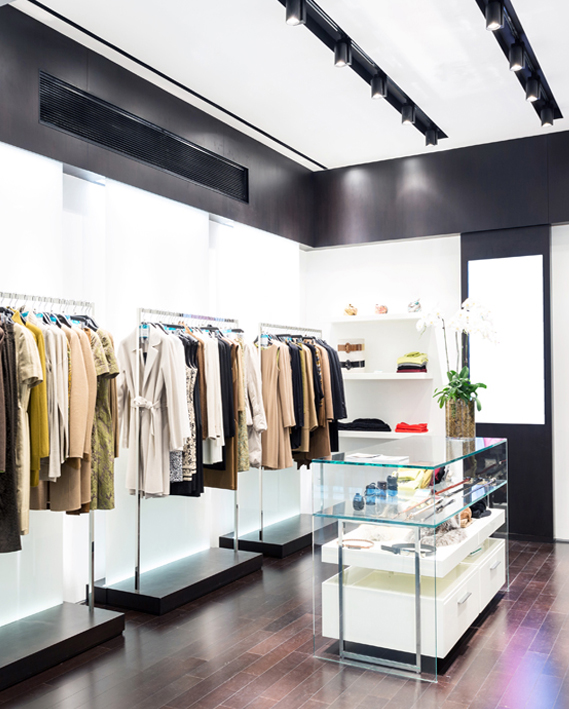These lighting parameters are clearly defined for most types of space, such as interior workplaces like offices and production halls. However, for retail application the recommendations are few, and are not fixed. Rather it is appropriate to design the lighting based on experience and research into the various contributing factors to the retail experience. Retail is about emotion and cannot be define by numbers. There are certain recommendations for retail environments, but they are open to interpretation and not rigid requirements but act more as guidance. In many cases the lighting design of a retail space depends on the brand and may well not fulfil recommendations. In some stories you may find very high levels of illumination at floor level, whilst in others you may find very low levels and a stronger focus on the illumination of vertical surfaces. We recommend higher levels of vertical illumination for retail spaces due to its ability to suitably highlight shelves and racks, the most common display methods used. One basic rule we strongly advise is to ensure a minmum ratio of vertical to horizontal illumination of 2:1, a minimum lighting uniformity of 0.4 and maximum UGR of 22.
EN 12464-1 normative requirements for retail spaces
| Type of area task | activity |
Em | UGRl | Uo | Ra |
| Sales area | 300 | 22 | 0,40 | 80 |
| Till area | 500 | 19 | 0,60 | 80 |
| Wrapper table | 500 | 19 | 0,60 | 80 |

1 Cabinet displays
2 Accent lighting
3 Shelf displays
4 Payment counter
5 General and sales floor lighting
6 Promotion displays
